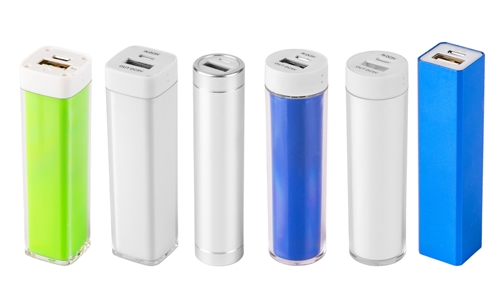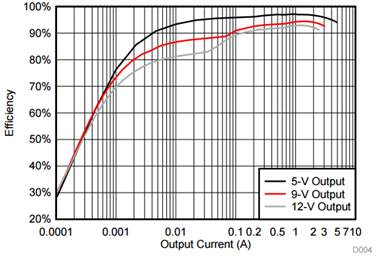
With smartphones and tablets growing in size every year, their battery capacities must also grow. Increasing the battery’s milliamp-hour (mAh) capacity provides the same or increased operating time at its operating power, which also increases with additional functionality and larger display sizes. If charged at the same rate as smaller-capacity batteries, these larger batteries take longer to fully charge. Consumers generally don’t like longer charging times, however, so higher-power converters are required to charge at faster rates. Higher-current battery chargers such as TI’s bq25890 and bq25898 family are a big part of delivering a fast-charging solution inside the smartphone or tablet.
When using a power bank, you also need a second battery charger for the power bank’s internal battery, as well as a high-power boost converter from the power bank’s internal battery to the power bank’s output connector (usually a USB port). Most power bank chargers like the bq25895 have an integrated boost converter for USB – OTG capability. But depending on the system requirements – for example if you need two independent output ports, or if you need higher charging currents or voltages – you need a separate higher-power boost converter. The boost converter’s output voltage, which is normally 5V but can be set to 9V or 12V for some types of fast-charging systems then becomes the input voltage to the smartphone’s battery charger. The charger in the phone needs to be capable of working with higher input voltage to take advantage of these features.
Both the phone’s battery charger and power bank’s boost converter need to be rated for higher output currents, which are sometimes above 4A. The TPS61088, fully-integrated synchronous boost converter, fulfills the boost need by providing up to 5A to the 5V rail at 95% efficiency, as shown in Figure 1. Such high efficiency creates little heat in the power bank and converts more of the power bank’s energy to output power, which then flows into the portable device’s battery. Generating less heat inside the power bank keeps the batteries at a safe temperature as well.
Figure 1: The TPS61088 provides 5A at 5V at 95% efficiency from a single-cell lithium-ion battery
But what if you’re not designing such a high-power power bank and don’t need 5A of output current? What if your power bank is just a little bit smaller and designed for recharging cameras, smaller smartphones or portable GPS devices? Then you don’t need the highest-power boost converter – a high-power one will do. With a lower-power boost converter, you can achieve a smaller size and lower cost. Meet the TPS61088’s little brother, the TPS61089. Figure 2 shows its efficiency – 90% when delivering its full 4A at 5V output power.
Figure 2: The TPS61089 provides 4A at 5V at 90% efficiency from a single-cell lithium-ion battery
Both boost converters are very similar: integrated MOSFETs with synchronous rectification enable high efficiencies, adjustable switching frequencies allow a trade-off between size and efficiency, and adjustable current limits allow you to scale your individual power-supply design to the specific needs of your application.
But each device is also different. The MOSFETs are different – smaller ones in the TPS61089 family enable a 2mm-by-2.5mm package but lower efficiency and less output power. Larger ones in the TPS61088 family enable the highest efficiency and highest output power (up to 30W), but also higher cost and a 3.5mm-by-4.5mm package size.
Either boost converter provides excellent size and efficiency for its power level, leaving the trade-off decisions to you. Which will you choose?
Additional resources
- Read these TI E2E™ Community blog posts:


